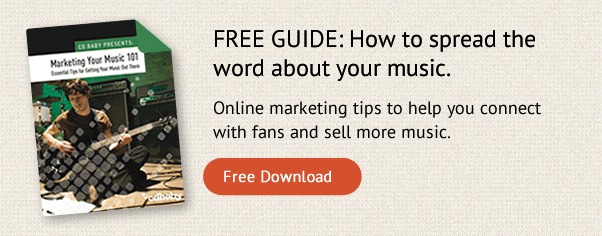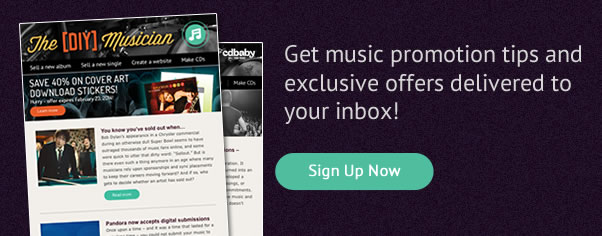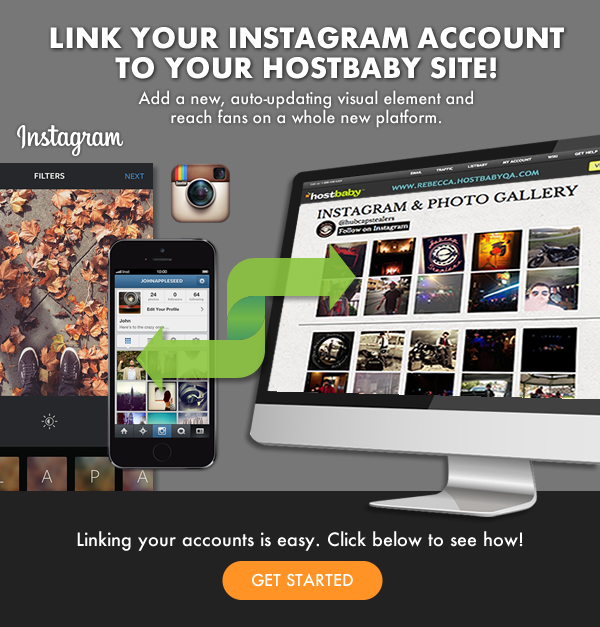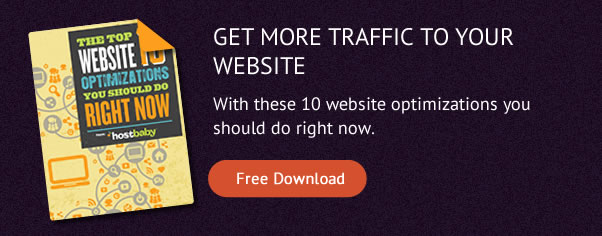6 ways to persuade people to sign up for your band’s email newsletter
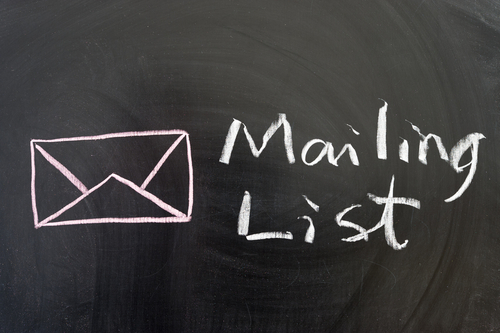 [This post was written by Hugh Mcintyre and it originally appeared on the SonicBids Blog.]
[This post was written by Hugh Mcintyre and it originally appeared on the SonicBids Blog.]
These days, everybody’s email inboxes are fuller than ever, and people are becoming more and more selective about what newsletters they sign up for. If it doesn’t truly seem like something they want to read or provide some real value to them, most decide not to bother – which is a shame for any band with a well-done newsletter. Getting people to sign up for your newsletter (even if they identify as a fan) can be tricky, but it certainly isn’t impossible. Here are six tips that could help you.
1. Make it easy
If you’ve been able to convince someone to sign up for your newsletter, make sure it’s as simple and fast as possible. I personally have gone to sign up for ones that end up asking too many questions or have more than a few steps, and I end up backing out before I get all the way through the process.
While having a lot of information on your fanbase is valuable and important, don’t burden people with too many questions at the beginning. If you do your newsletter correctly, they’ll end up feeding you all the data you need to later run yourself effectively as a business.
2. Anywhere your fans are, an option to sign up should be
Many people make the mistake of not knowing where to put the option of signing up, when really, that’s one of the easiest parts of the whole thing. Do you have a website? Put a small form somewhere on there. It shouldn’t be front and center, but don’t feel the need to hide it either. There’s nothing wrong with having a newsletter (even in this day and age), and you certainly aren’t forcing anyone to opt in. If a fan is on your website, it should only take a few seconds to find where to sign up – or, even better, they should see it without even trying. If it takes any more effort than that, you’ll end up losing a lot of people before they’ve even realized they want to sign up.
Also, even though we live in a high-tech world, don’t underestimate having a piece of paper and a pen at your show. There are plenty of examples of that working almost as well as expensive digital marketing campaigns with the same goal. When I was younger, I worked at a well-known retail brand, and even though the company had billions to spend, we still left out a small piece of paper and asked for email addresses so we could send out coupons, just in case. We filled it once a week or so, which added several dozen people to our list.
3. Remind them on social
Plenty of people these days argue that newsletters are a thing of the past, and that they’ve been replaced by social media. That may be true for some, but not all! If you’re active on social media (which you obviously should be), why not mention your newsletter every once in a while? There’s certainly no harm in just throwing it out there once a month or so. If people don’t want to sign up, they can ignore your Facebook post or tweet, but you have no way of knowing how many fans weren’t even aware of the fact that you had such a thing.
4. Assure them
When asking people to sign up for your newsletter, you should assure them of two very important things:
Under no circumstances will you ever sell their information!!!!
This is crucial, as safety and privacy online are big issues. If you promise not to trade or sell the information people provide to you – which believe me, is valuable – they’re much more likely to give you what you ask for.
You won’t bother them
We’ve all had bad experiences with newsletters we’re excited to sign up for, only to later be disappointed because they ended up being bothersome. Don’t send too many emails, or you’ll very quickly see more than a few fans disappear. Promise people from the beginning that you’ll only send emails occasionally or when something important comes up. Make them realize from the beginning that you won’t be a pest and that they’ll only receive information they really want.
5. Offer incentives
While some people may be interested in your new album or upcoming tour dates, others will need a bit more convincing to give you access to their email inbox. Give them something valuable they can only get by agreeing to receive your newsletter, whether that be access to content before anyone else has it, discounts on merchandise, or the chance to attend special events. It doesn’t really matter what it is, and it doesn’t have to be much. Emailing fans is important, but don’t start offering free albums or concert tickets just for the opportunity to reach out every once in a while. In this case, a little bit will likely go a long way.
6. If it’s doing well, tell people!
This tip is last because it doesn’t apply to everyone – only those who have a pretty good list going already. Showing everyone just how many people are already reading your newsletter could convince quite a few others to sign up as well, which would cause a snowball effect.
Now, there’s no specific number that’s “good,” and at which point you should feel the need to share it – that decision has to be made by you, and it’s entirely your call – but be realistic. If you’re someone who’s only sold 100 CDs in your life, having 250 subscribers is pretty sweet. If you’re Katy Perry and you only have 1,000 people on your distribution list, that’s not so great, and you might want to keep that information to yourself.
—-
Hugh McIntyre is a freelance pop music journalist in NYC by way of Boston. He has written for Billboard, The Hollywood Reporter, and MTV, as well as various magazines and blogs around the world. He is also the founder and editor-in-chief of the blog Pop! Bang! Boom! which is dedicated to the genre of pop in all of its glory.
The post 6 ways to persuade people to sign up for your band’s email newsletter appeared first on DIY Musician Blog.
Source: Musician Resources

